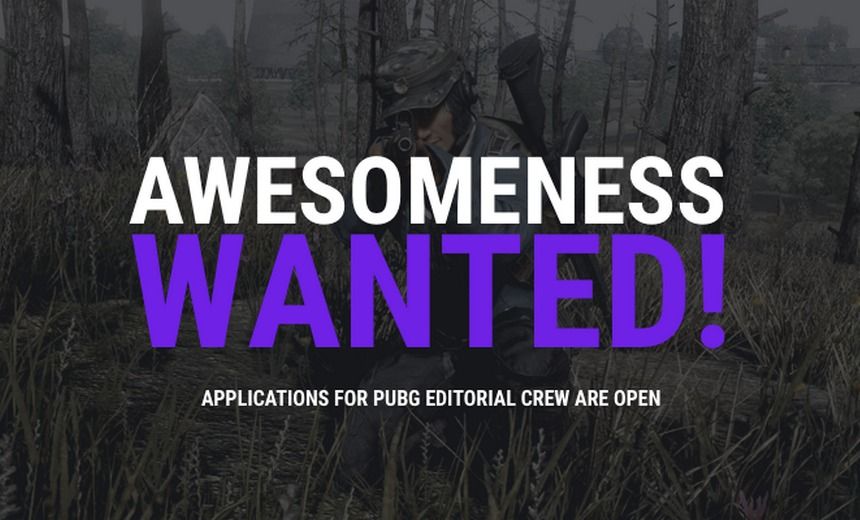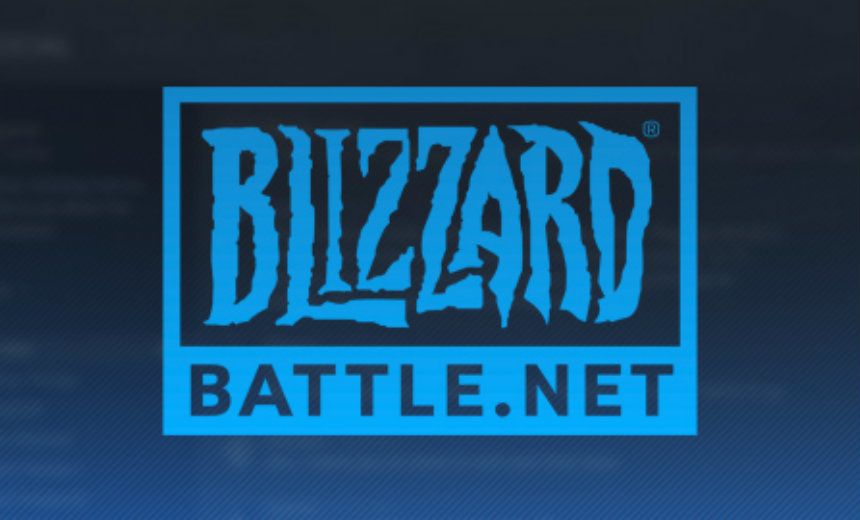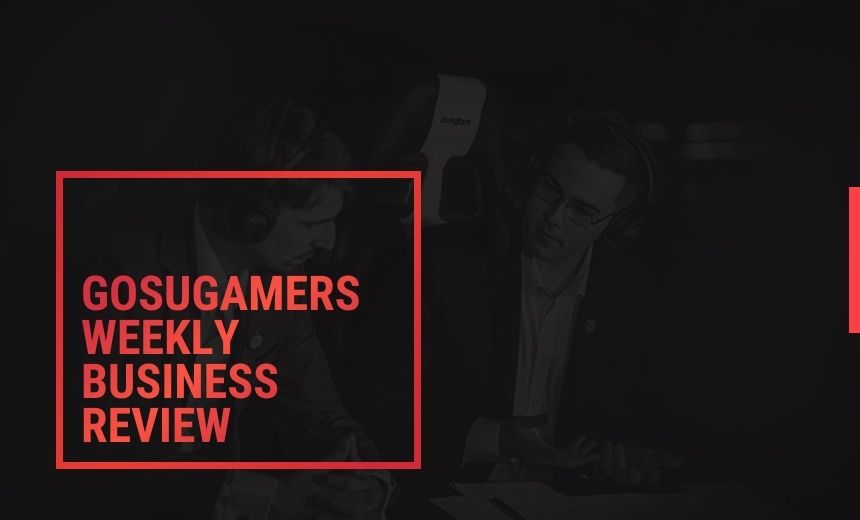Introduction
Starcraft is quite possibly the deepest game ever made, and certainly there is little doubt in my mind that it is the deepest of the currently played competitive online games.
It is that depth that makes Starcraft, ostensibly an easy game to learn, so difficult to master. It can be said that no one has yet done so, which I would agree with, although there are somewhere close to two hundred past and present Starcraft Professional Gamers who play the game an average of 10-14 hours per day, and have made a great deal of money playing the game competitively in sponsored tournies. Probably more than 50 have earned yearly wages sufficient to live comfortably off of. This is to point out that although no one has mastered Starcraft, it's certainly not for a lack of people trying.
The basic premise of Starcraft is gather resources, construct a fighting force, and send them out to destroy an opponent, who is trying to do the same to you. There are many variations on this theme, but in this guide I will only focus on the purest form of Starcraft gaming, 1 vs 1 on limited mineral maps. Each of the three races is totally unique in a way that professional players can win a tournament using 1 race, but get beaten by unknowns when using a different one. Most players focus on only 1 race, or one set of race matchups (of which they would need to reasonably master 3; for example pvt, tvp, and tvz).
I myself have always focused on the Protoss race, and so this guide will focus on them, not only because it would take more than 200 pages to write about every race and race matchup, but because anything I can write on terran and zerg would be mostly irrelevant at a decent level of play.
Protoss - the countering race
Protoss are known as the 'countering race', or 'macro race'. This is because, for one reason or another, in almost every game Protoss is forced to react to the threat of enemy races and counter it, usually through overwhelming force. For this reason, even though scouting with protoss is the most difficult as compared to Terran and Zerg, it is also the most critical. A typical winning Protoss game will be an enemy making some sort of threat to the protoss player, the protoss player detecting the threat in time to react, the protoss player countering the threat coming out in a much stronger position, the protoss player taking control of the game and going on to win. Rarely does the protoss player make the initial significant assualt, and those strategies that rely on Protoss initiative are often extremely risky and sometimes desperation moves. However, it should be noted that every map is a little bit different, and such generalisations can be dangerous because there are always maps in which the general trends are reversed.
“ True Gosu - definitely uses hotkeys, deception, efficient build order countering and scouting, excellent reaction times and time management, excellent attack timing, very good intuition.” |
What this means in both cases is that Protoss players have a lot more time to think, have a lot less need of hotkeys and mouse speed, and generally have an easier time becoming good, though perhaps less powerful in the long run (ie, progamer level). To put it another way, the protoss are the easiest to play Mechanically, but the most difficult to play Strategically.
As a newbie I was of course not aware of this. In fact, I often used terran and zerg but preferred protoss for some intangible reason and gradually came to use them more and more. Now I can hardly beat players a few levels below me with other races, even in matchups involving the Protoss.
The Protoss race favours the conservative player, the cautious player, and the patient player. Protoss is in many ways a thinking man's race, because so much of their play relies on intuition rather than basic skills like mouse speed. The protoss race is often about fighting to get one tiny advantage and then riding it all the way home. In many ways, a well played protoss game is like a well played material chess game--all it takes is to get 1 pawn up on the enemy and then trade pieces evenly until the very end, when you can promote that 1 extra pawn to a queen and get a late game mating. Protoss players learn the skills of starcraft very quickly, but then labour to advance past a certain plateau, indeed many never do, because beyond a certain point you can go no further without being not just a solid player, but a brilliant player, more so with protoss then any other race.
Levels of play - From newbie to progamer
Before I go on, this is what I mean about levels of play. Here, in my estimation, are the stages that all players go through on their way to becoming great.
- Total Newbie - does not even know the tech tree
- Newbie - knows how to play the game but has very little idea of even unit counters
- Very bad player - knows most basic unit counters but has very little idea of any of the nuances of the game such as build order countering, scouting, etc
- Bad player - basically knows how to play at least 3 matchups (in my case pvt, pvz, and pvp) unit choice wise, but is still slow, tentative, and inneffective at micro and macro.
- Ok player - more aggressive then a bad player, possibly has a halfway efficient build order
- Decent player - player beginning to understand how to counter build orders
- Good player - player has knowledge of several different opening build orders and when to employ them, has fair micro and macro, mouse speed won't improve past here without concentrated effort
- Very good player - probably regularly uses hotkeys (though as toss it's possible to be very good without using them that much -- I would classify myself here) probably has either very good micro or macro, probably uses deception well and has good time management skills. Thousands of these to be found in Wgtour/Pgtour, past the first few ranking tiers.
- True Gosu - definitely uses hotkeys, deception, efficient build order countering and scouting, excellent reaction times and time management, excellent attack timing, very good intuition. Really only a couple dozen of these for each of even the best brood war nations (outside of Korea).
- Progamer level - like a true gosu, only usually faster mouse speed, better intuition, more honed reflexes, and better innovative skills. Obviously found only in Korea

This guide will first help you classify yourself and help you to understand where you fit among the grand scheme of Starcraft players, then help you realise that the path to advancement is not only possible but actually quite straightforward when the proper steps are taken, and then finally to show you those steps. I have organised this guide in a linear fashion and attempted to remove all forward referencing to sections not yet read, though I will frequently refer back to sections which have already been read.
The first few sections, titled Starcraft Theory, will ground the reader in a sound foundation of the fundamental concepts that underly Starcraft. At first thought to be something that only very experienced and good players could understand, I believe that Starcraft Theory can actually be taught to and understood by even relative newcomers to the game, and such understanding can dramatically improve the newcomer's rate of improvement. I will attempt to do this by making the guide at once both as thorough and indepth as possible while also having it be simple and clear. It should also be of some use that italicised terms will be referencable in a central glossary, giving my own definition for given words which may possibly have mulitple ways of being understood within the community. Although some practical examples will be given (and indeed featured in the micro management section), the overall aim of this section is not to give specific methods for victory in a certain game or matchup, but rather to show players how said specific methods were originally concieved, and to give players a method whereby they can rationally judge the merits of a new strategy and even formulate their own. This section will also hopefully help to eliminate Systemic errors (as opposed to Local errors--in other words, errors in their overall gameplay, not just in something specifically such as unit choice) in play and furthermore to help players to understand not only what they are losing to, but why they are losing to it.
With all that said, the guide will first cover the most basic concepts in Starcraft: Micro Management, Macro Management, and Scouting/Countering, then move on to the more advanced concepts of Time Management, Deception, Timing, Strategy, and of course Sun-Tzu's Art of Starcraft. Next, the guide will focus on specific race matchups for protoss: PvZ, PvT, and PvP. Finally there will be a followup Appendix section, the first part of course being the Glossary, with additional supplements in the form of Battlereports, Replays, RWA's, and a quick overview of Openings.
This guide will be updated weekly or as near to it as humanly possible in the order given above until all the above sections are online. Stay tuned for next week's entry, Starcraft Theory: Basic Concepts.
Contents and images in this feature, © GosuGamers.net 2004-2005. May not be reproduced in any way without written permission from it's author or the GosuGamers.net editor-in-chief. Single sentence quoting is allowed if source is given.





